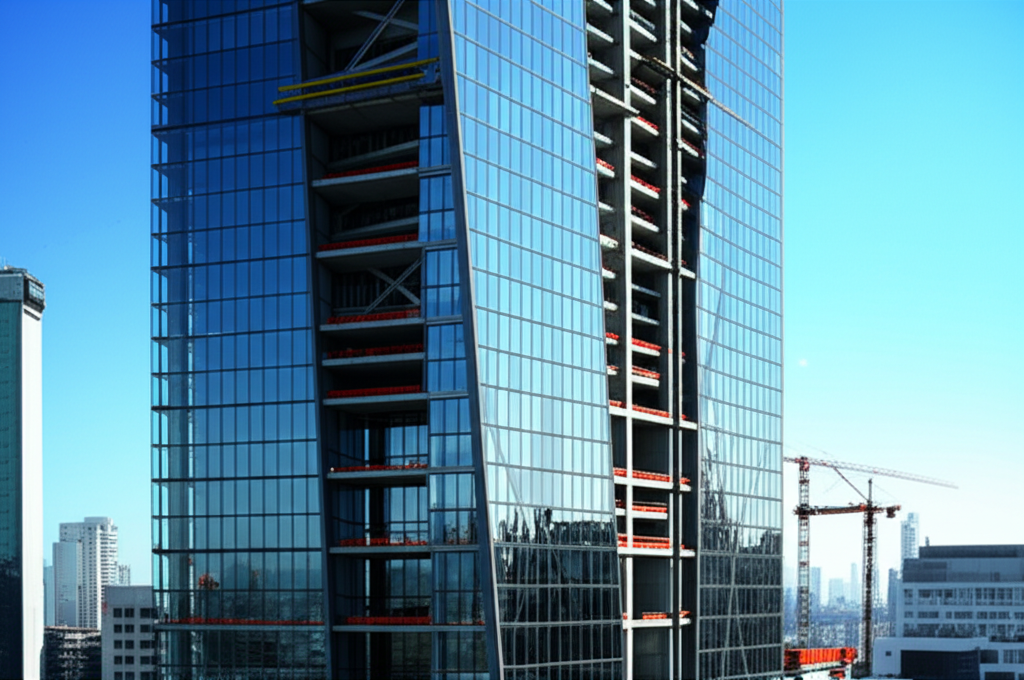
Malaysia’s real estate sector is undergoing a significant transformation, driven by innovation, sustainability, and strategic policy shifts. Industry leaders recently gathered at the 32nd National Real Estate Convention (NREC 2025) to discuss how emerging trends and legislative changes are reshaping the landscape. The event, themed “Fostering Innovation for a Sustainable Future,” highlighted key developments in urban renewal, industrial parks, and digital advancements like AI and ESG integration.
One of the major focal points was Malaysia’s ambitious infrastructure projects, including the Tun Razak Exchange (TRX) and the Johor-Singapore Special Economic Zone (JS-SEZ). TRX, a 70-acre mixed-use development in Kuala Lumpur, has already attracted RM8 billion in foreign investments and is set to create 80,000 jobs. Meanwhile, the JS-SEZ aims to strengthen cross-border economic ties, targeting RM636 billion in investments by 2030. These initiatives underscore Malaysia’s push to become a regional economic powerhouse while addressing connectivity and industrial growth.
Policy reforms also took center stage, with discussions on the proposed Real Property Development Act (RPDA) and Urban Renewal Act (URA). The RPDA seeks to enhance transparency and consumer protection across residential and commercial real estate, while the URA aims to revitalize aging urban areas—though concerns about gentrification remain. Additionally, private lease schemes were explored as a way to unlock underutilized land, particularly ancestral and religious properties, without compromising ownership structures.
Technology’s role in real estate was another key theme, with AI-driven valuation models and ESG compliance gaining traction. Experts emphasized that while AI can streamline data analysis and fraud detection, human expertise remains irreplaceable in interpreting market nuances. Meanwhile, green-certified buildings are increasingly linked to higher rental yields, reflecting growing investor and tenant demand for sustainability. The convention concluded with a look at Malaysia’s industrial future, particularly green parks designed to align with global ESG standards and avoid carbon tariffs.